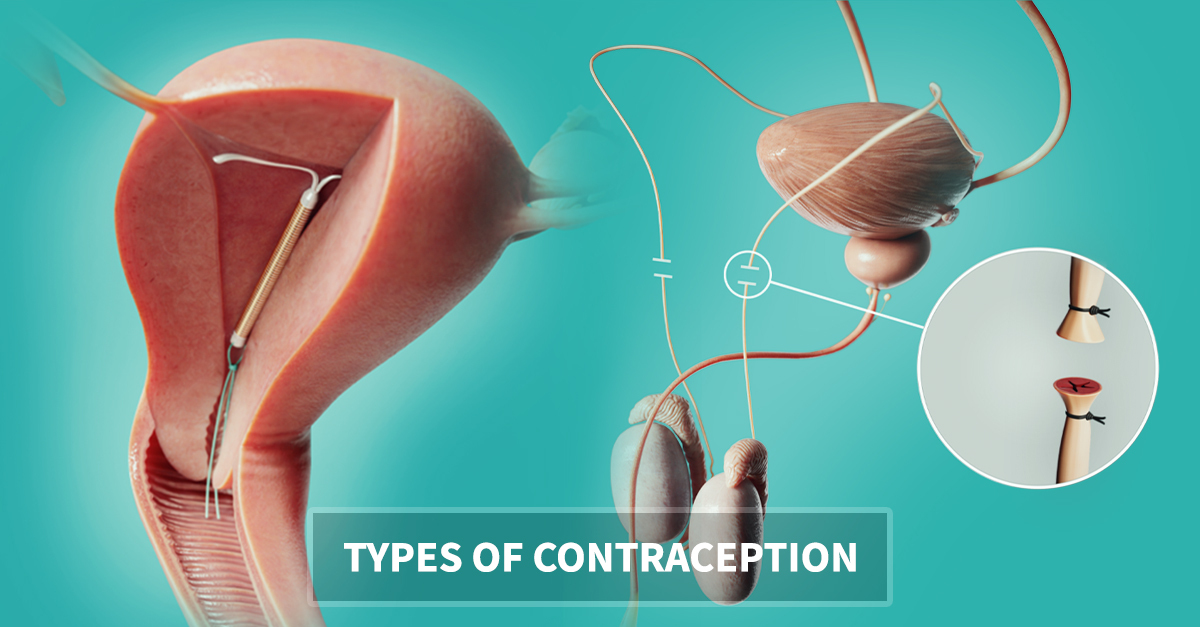
Today marks World Contraception Day. Let’s explore the different types of contraception.
The first type of contraception is a physical barrier that prevents the sperm interacting with the egg. These include condoms and the diaphragm. Male condoms are worn on the penis to prevent the sperm being released into the vagina. Female condoms are placed inside the vagina and work in the same say as the male condom. The diaphragm is inserted into the vagina to cover the cervix. Spermicide can also be applied to the diaphragm which will increase its effectiveness.
Another category of is hormonal contraceptives. These are taken by the female and work in a number of ways. Hormonal contraceptives contain oestrogen or progesterone or a combination of both. These hormones work to stop ovulation (i.e. the release of an egg from the ovary). They also thicken the mucus of the cervix making it difficult for sperm to enter the uterus, and thin the lining of the uterus to prevent implantation of a fertilised egg. There are many variations of the hormonal contraceptive. These include combined oral contraception, more commonly known as the pill, the mini pill, the injectable contraception, the implant, the patch and the vaginal ring.
Next, the intrauterine device (IUD) is a small T-shaped device inserted into the uterus. An IUD can be either hormonal or copper. Hormonal IUDs release progesterone and work in a similar way to the hormonal contraceptives described above. Copper IUDs do not release hormones. The copper IUD is wrapped in copper wire which is toxic to the sperm and thus prevents the sperm from reaching the egg.
Finally, the permanent type of contraception is sterilisation. Female sterilisation involves the cutting or blockage of the uterine tubes. This prevents the eggs from travelling down the uterine tubes into the uterus. Male sterilisation, known as a vasectomy, involves the cutting or blocking of the ductus deferens, the tubes that carry sperm from the epididymis to the ejaculatory ducts. This means that the male’s ejaculate will contain no sperm so the egg cannot be fertilised.
